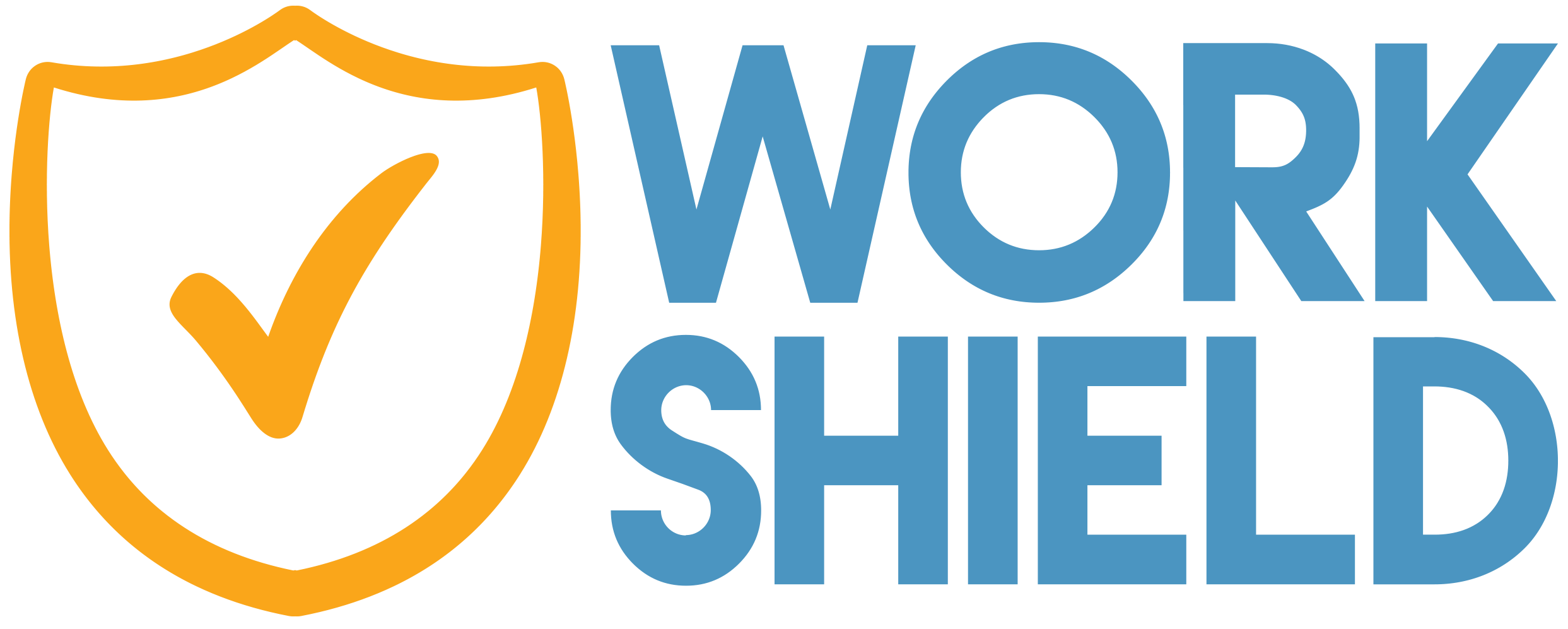Misconduct is not just an HR issue. It is a leadership risk that slows down operations, disrupts focus, and exposes organizations to financial and reputational harm. When misconduct is handled reactively, leaders spend valuable time managing consequences instead of driving strategy.
Many organizations still treat misconduct management like a compliance checklist. Annual training, outdated policies, and manual processes are not enough. A proactive misconduct management strategy is now a non-negotiable for any organization that wants to stay compliant, manage risk, and protect its people
The Cost of Reactive Risk Management
Workplace misconduct carries a measurable price tag. According to the American Psychological Association, workplace bullying alone costs U.S. organizations up to $300 billion each year through direct and indirect effects. In 2024, the Equal Employment Opportunity Commission reported that U.S. employers paid over $700 million in total monetary benefits related to discrimination charges.
These numbers highlight the cost of reactive management. When organizations wait for employees to report misconduct and rely solely on internal teams to manage it, the result is delayed resolution, increased liability, and greater disruption.
Common Compliance Pitfalls
Compliance shouldn’t be a once-a-year training or an old handbook taken off the shelf every quarter. Misconduct management is often undermined by a few common missteps:
- Failing to stay current with federal, state, and local compliance regulations
- Inconsistent or generic training that lacks practical relevance
- No clearly defined risk management strategy
- Manual internal processes that slow down response times
The cost of these gaps is steep. Regulatory non-compliance can cost businesses an average of $14.82 million annually. And when leadership lacks visibility into potential misconduct, the risk only grows.
Proactive Misconduct Management in Action
To reduce these risks, organizations must treat misconduct management as an active discipline, one that requires foresight, structure, and the right tools. Here are four essential components of a proactive misconduct management strategy:
- Regularly Review Policies and Procedures: Employers should regularly evaluate and update organizational policies and procedures to ensure accuracy and reflect on effectiveness. Policies should reflect current organizational needs and evolving best practices in compliance and employee protection.
- Adhere to Federal, State and Local Requirements: Compliance is dynamic. Employers should consistently remain aware of evolving compliance requirements or consider working with partners that can keep them updated on any changes that may impact their organization and its policies.
- Implement Regular and Customized Training: Organizations must ensure employees from top to bottom receive proper training around compliance requirements and misconduct management, providing guidance on how to report incidents and proper protocol when compliance issues occur.
- Data Tracking and Measurement: Analytics offer powerful insights into trends, risk exposure, and resource needs. By understanding the most common types of incidents, frequent locations, or time-to-resolution metrics, leadership can take smarter action and reduce long-term costs.
What Proactive Looks Like: A Real Example
One large municipality was challenged with managing workplace misconduct across 2,500 employees and 19 departments. Resolution timelines stretched for months, and leadership lacked visibility into emerging risks. By adopting a proactive misconduct management strategy with Work Shield, the city shifted its approach.
Employees could report incidents anytime, and leadership gained real-time insights through analytics. With investigations fully managed, they reduced delays, reclaimed time, and made faster, data-informed decisions.
The results were measurable:
- 89 incidents resolved
- Zero EEOC claims filed
- Zero settlement fees paid
- Resolution turnaround time reduced by over 82%
- Annual savings exceeded $1.8 million
- 16.09x return on investment
This is what it means to be proactive. It is not just about faster response. It is about strategic insight, resource alignment, and eliminating costly blind spots before they escalate into liabilities.
Taking the First Step Toward Proactive Leadership
Proactive misconduct management is a leadership discipline, not a compliance task. It supports smarter decision-making, protects your workforce, and positions your organization to respond before problems grow.
Work Shield delivers a fully managed solution to report, investigate, and resolve misconduct, all while supporting regulatory compliance and operational efficiency. Whether your organization needs stronger tools, more visibility, or support from start to finish, Work Shield is ready to help.Ready to take a proactive approach to misconduct management? Learn how Work Shield can support your strategy.





